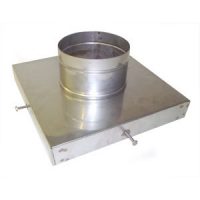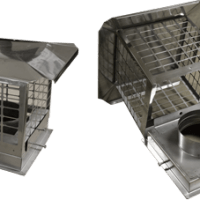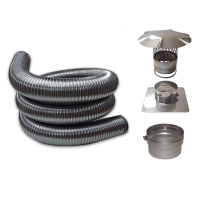Author: John Morris
Choosing a furnace for your home is not difficult. The following list are features that you may want to look for when buying your furnace.
1. What type of furnace do you want? Will it be Gas or Electric?
The Gas Furnace
The gas furnace is always more affordable to use than the electric furnace where gas is readily available. On the downside, burning fuel generates fumes. In well-maintained gas furnaces, the fumes generated are enclosed in the exchanger and then exit the house through an exhaust vent.
Remember, a gas furnace must be checked by a qualified professional at least once a year. The professional would check the furnace for holes, leaks or cracks. A break or crack in the furnace lets carbon monoxide seep into your house or place of business.
The Electric Furnace
The electric furnace has a higher cost than a gas furnace. On the upside, since electric furnaces do not use flames, it does not generate any carbon monoxide. The electric furnace is cleaner and safer than a gas furnace.
2. The Quality of the Furnace
The quality of the furnace determines how long and how well it will perform. Choosing a brand of furnace that has a history of quality and reliability can be less costly in the long run. Ask your contractor about which brand will be optimal for your needs. A free estimate for the purchase and installation are available in some companies.
3. The Efficiency of the Furnace
The efficiency of gas furnaces are determined by the AFUE or Annual Fuel Utilization Efficiency ratings. The AFUE ratings identifies how efficiently is the fuel being consumed. In most cases, a higher AFUE rating means it takes less fuel to heat your home.
Gas furnaces with higher ratings cost more than those with lower ratings but may save you more money down the road. A minimum rating of 78% is established by the government in 1992. Many furnaces have an efficiency rating of about 60% prior to 1992.
a. The Mid-Efficiency Furnaces
The mid-efficiency furnaces are also called ‘induces draft furnaces’ or ‘non-condensing furnaces’. The mid-efficiency furnace offers the bare minimum of 78% efficiency up to about 80%.
b. The High-Efficiency Furnaces
The high-efficiency furnaces are also known as ‘condensing furnaces’ or ‘sealed combustion furnaces’. The high-efficiency furnaces has an AFUE rating as high as 96%. Some furnaces use a two-stage valve and an efficient variable-speed motor to raise comfort and effectiveness.
4. The Comfort features of furnaces
Several furnaces provide features that increases comfort and efficiency.
a. The features of the two-speed furnace
The furnace can function at low speed for most of the time. It allows for a more quieter operation for a longer amount of time compared to a ‘single-speed furnace’. The longer run periods allow for fewer start/stop cycles, less drafts, and very little temperature variance.
The temperature swing is limited to about two degrees compared to the four degree variance of the single-speed units. The two-speed unit gives better circulation which prevents warmer air from rising and the cooler air from settling down. The two-speed unit gives a more consistent temperature in the house.
b. The features of variable-capacity furnaces
Furnaces with variable capacity provide a combination of efficiency and comfort. The variable-capacity has a motor that regulates your needs by automatically adjusting air volume and speed. The var-cap furnace provides the most efficient heating and cooling.
A fan comes with the var-cap furnace. The fan will reduce your cost during summer. If the fan is used throughout summer, the central air conditioning unit increases in efficiency.
5. The furnace noise level
Unfortunately, all furnaces do not come with a standard rating system for sound unlike heat pumps and air conditioners. Although, two-speed units and var-cap units generally operate at a low noise levels.
The two-speed and var-cap furnaces run for longer periods and lower sounds than the standard unit. Certain var-cap units has features that prevent ‘creaking’ of the ducts due to expansion and contraction caused by changing temperature. The temperature differential is reduced so that the creaking noise is also almost eliminated.
About the Author:
For more great furnace information and resources check out:
http://www.furnaceadvisor.info






